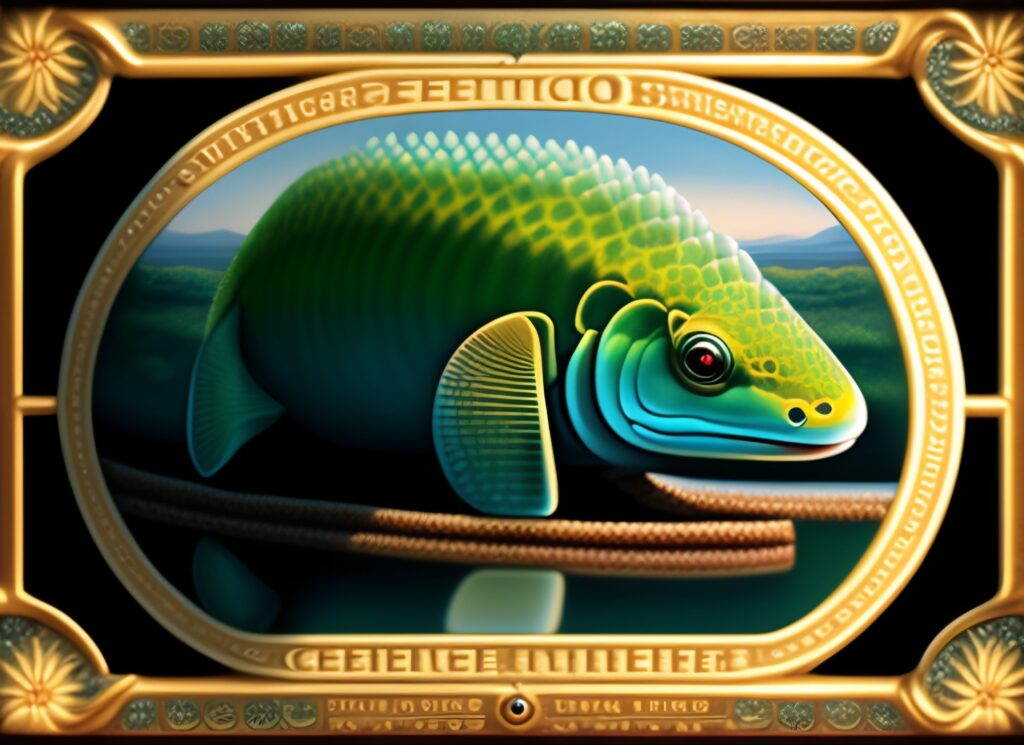


“Invasive Species Conservation” is an essential component of preserving our planet’s biodiversity and ensuring a sustainable future. However, within the realm of conservation efforts, one prominent menace emerges – the introduction of invasive species into ecosystems. These invasive species can unleash devastating consequences on native wildlife and plants, creating disruptions in the delicate balance of ecosystems and posing threats to human activities. In this extensive blog, we will immerse ourselves in the realm of invasive species and delve into their profound impact on conservation. Moreover, we will explore effective strategies to combat this escalating concern.
Before we delve into the impact of invasive species on conservation, let’s clarify what invasive species are. Invasive species are non-native organisms that, when introduced to a new environment, can outcompete native species and disrupt the ecosystem’s natural balance. These species often thrive in their new environment, causing harm to local biodiversity.
To better understand invasive species, let’s look at some prominent examples:
Invasive species often outcompete native species for resources such as food, water, and habitat. As a result, native species struggle to survive and reproduce, leading to population declines and, in some cases, extinctions.
Furthermore, invasive species can alter the physical and chemical characteristics of their new environment, making it inhospitable for native organisms.
Invasive species can have significant economic repercussions. They can damage agricultural crops, forestry operations, fisheries, and infrastructure. The costs associated with managing and mitigating invasive species can be substantial, affecting local economies.
Moreover, invasive species can disrupt recreational activities such as fishing, hiking, and boating, impacting tourism and the livelihoods of local communities.
Invasive species can also pose risks to human health. Some species carry diseases or toxins that can harm humans. For example, the Asian tiger mosquito, which can transmit diseases like Zika and Dengue fever, has become a concern in many regions.
In addition to direct health risks, invasive species can indirectly affect human health by reducing the availability of clean water, disrupting food supplies, and increasing the prevalence of allergenic plants.
Understanding the factors that contribute to the spread of invasive species is crucial for effective conservation efforts.

The globalization of trade and travel has facilitated the unintentional introduction of invasive species. Cargo ships, airplanes, and vehicles can transport invasive species across borders, continents, and oceans.
Furthermore, the movement of people and goods has accelerated the spread of invasive species, making it a global problem.
Climate change can create new opportunities for invasive species. As temperatures rise and ecosystems shift, some invasive species may find previously inhospitable areas more suitable for colonization.
Additionally, extreme weather events, such as hurricanes and droughts, can transport invasive species to new locations and disrupt native ecosystems, compounding the problem.
Invasive species often lack natural predators in their new environment, allowing their populations to grow unchecked. Without the natural checks and balances found in their native ecosystems, invasive species can become dominant.
Moreover, this lack of predators can lead to population explosions, exacerbating the negative impact on native species.
Despite the challenges posed by invasive species, there are effective strategies to mitigate their impact and protect native biodiversity.
One key strategy is early detection and rapid response. Identifying invasive species in their early stages of establishment allows for more effective control measures.
Furthermore, quick and coordinated responses, such as eradication or containment efforts, can prevent further spread.
Restoring native habitats can help native species regain a competitive edge over invasive species. By replanting native vegetation and creating suitable habitat conditions, conservationists can bolster the resilience of local ecosystems.
In addition to habitat restoration, creating protected areas free from invasive species can serve as refuges for native species.
Invasive species are a global problem that requires international cooperation. Governments, organizations, and communities around the world must work together to address this issue.
Moreover, sharing knowledge and best practices across borders can enhance our collective ability to manage and prevent the spread of invasive species.
Invasive species pose a significant threat to conservation efforts and the well-being of ecosystems and communities worldwide. Their impact on native biodiversity, economies, and human health underscores the urgency of addressing this issue.
In conclusion, it is essential for individuals, communities, and governments to take proactive measures to combat invasive species. Furthermore, in the ongoing battle between invasive species and conservation, it falls upon us to tip the scales in favor of preserving the beauty and diversity of our planet’s ecosystems. Moreover, through early detection, habitat restoration, and international cooperation, we can protect our native ecosystems and ensure a sustainable future for generations to come. In addition to this, by working together, we can turn the tide against invasive species and safeguard the natural world.
To explore more about Ecology and Climate ,click on the below link:
https://mycollegeassignment.com/ecology-climate-social-welfare-an-interconnected-future/
Do you require any assistance with your assignments? We’re here to help you ! Now is the time to go http://www.subjectacademy.com/ https://www.instagram.com/mycollegeassignment/